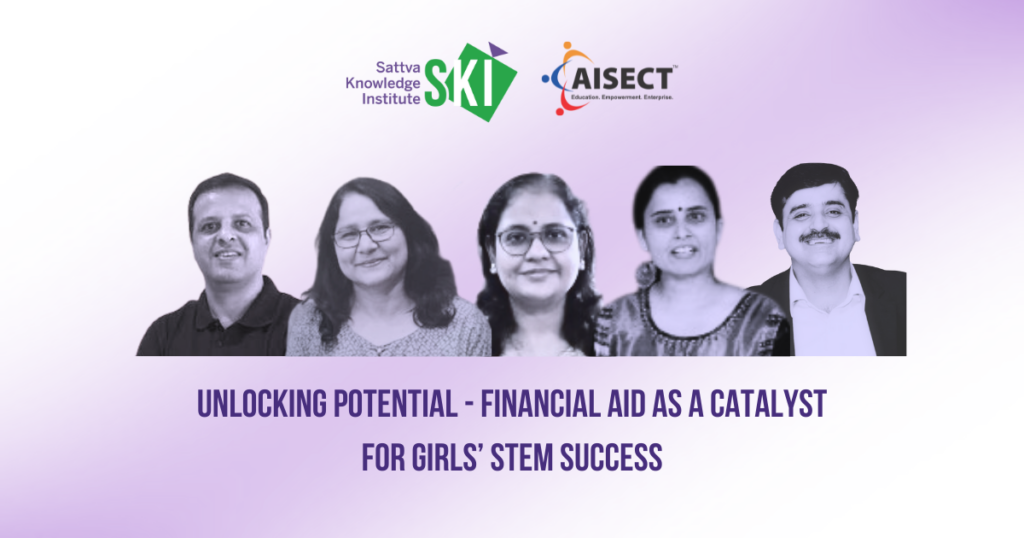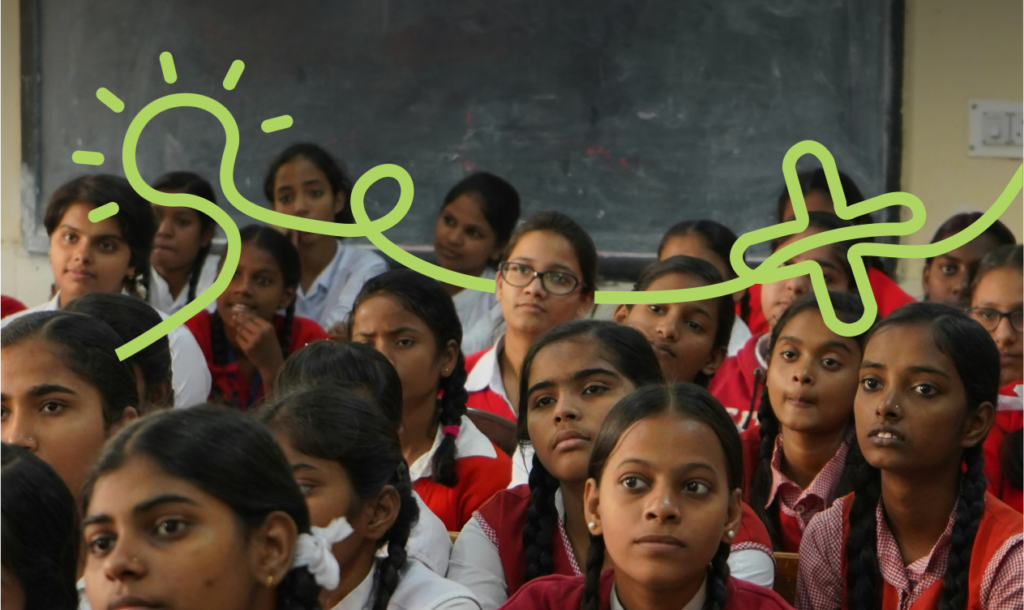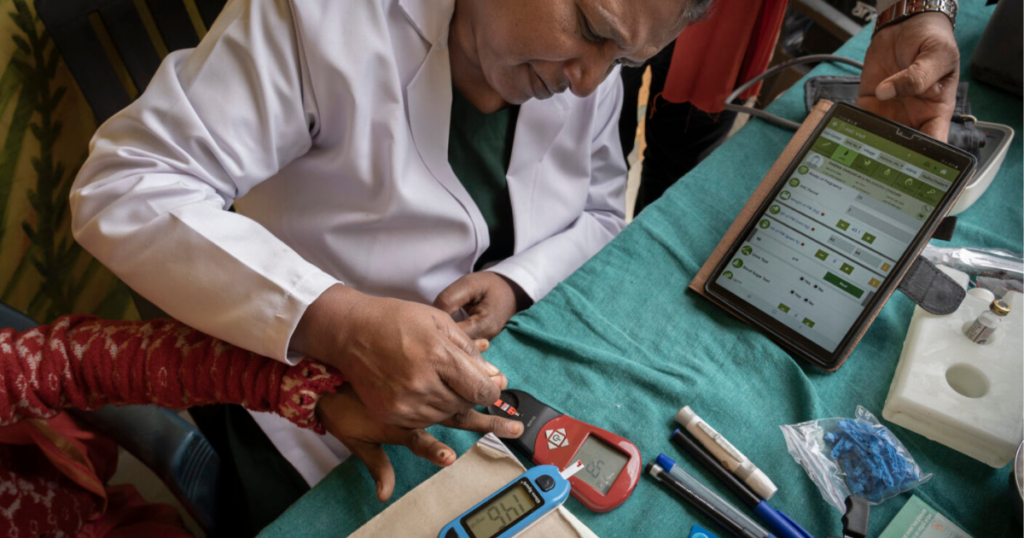Part A: An introduction to Innovative and Blended Financing
Gaps in traditional financing and social impact funding
It is estimated that there is currently an annual shortfall of US $2.5 trillion in developing countries with respect to funding Sustainable Development Goals (SDG). In India, social impact funding falls short by forty-seven per cent, demonstrating that traditional funding in the shape of public finance and philanthropic capital do not adequately bridge investment gaps. It has also been observed that traditional funding does not sufficiently leverage the incentivising of private investment, outcome-focused investment, and the efficient use of funds.
Shifting to innovative finance
Innovative finance has emerged to address these gaps in the traditional funding setup and catalyse additional funds for development assistance with a focus on outcome and innovation. There is a shift from the ‘grant-only approach’ to diverse financial instruments and the supplementation of public and philanthropic funding with private investment. Innovative funding solutions include newer models of grant and debt-based financing, conditional financing through development funds, and private investments such as impact investment and socially responsive investment focused on social as well as financial returns.
The emergence of blended financing to harness private capital for sustainable livelihoods
A subcomponent of innovative shifting, blended financing, allows a mix of innovative financing instruments across the spectrum and uses public and philanthropic grants to de-risk and incentivise private investment for development needs. Focused on the three principles of Leverage, Impact and Return, blended finance has mobilised US $166 billion in capital to date, and is poised to be an effective tool to address funding gaps in sustainable livelihoods and maximise impact. It can particularly have an impact on sustainable livelihood programmes, since it has the potential to solve Small and Medium Enterprises’ (SME) access to capital, support women’s entrepreneurship, and improve access to skilling opportunities for large-scale workforces.
Authors: Harsha Sanyukta, supported by Deshna Saraogi, Samar Sabarwal and Gargi Das



